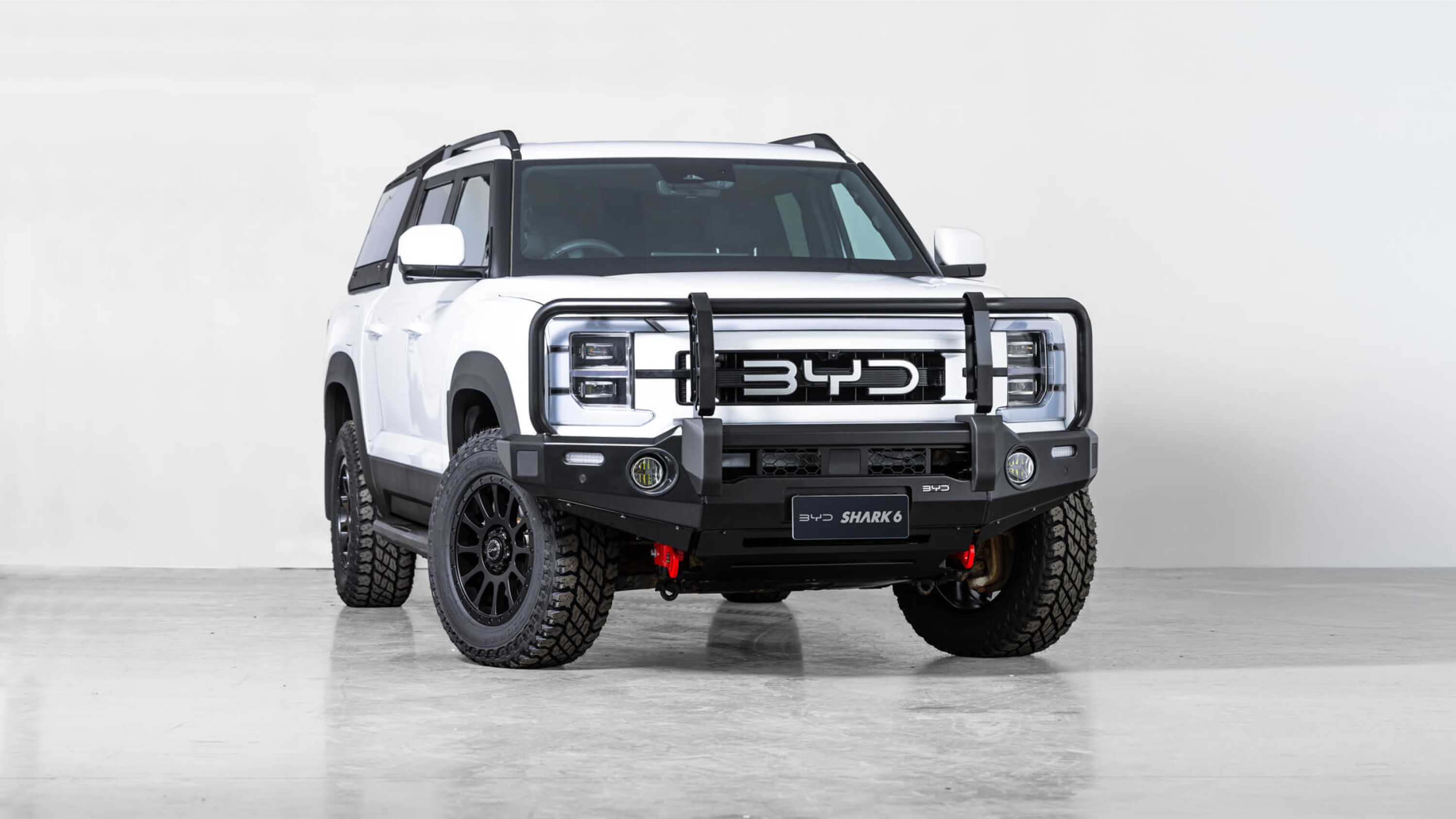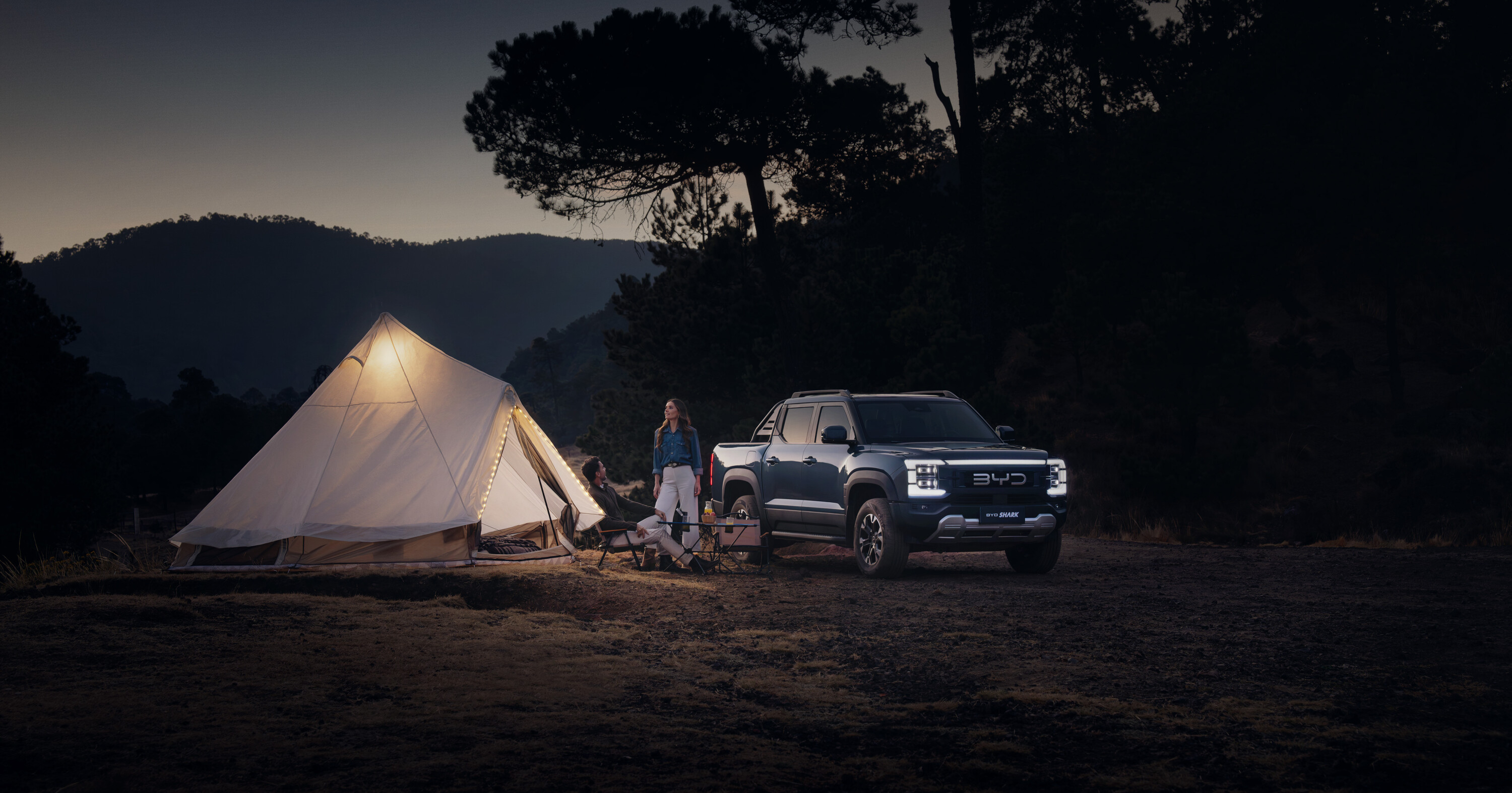I KNOW I BANG on a bit about just how good old 4x4s are, but it’s hard to reminisce without looking through rose-colour glasses. Anyway, I recently had the opportunity to put my old Land Rover Defender 300Tdi up against some modern rigs at the 4X4 Australia Advertiser’s Trip in the spectacular Coffs Harbour hinterland.
We had a wide range of vehicles at the event and all bar my Landy and trip leader Kev Smith’s 80 Series LandCruiser were essentially new(ish) vehicles. There was the MaxTrax 200 Series LandCruiser, two Holden Colorados (ARB and EFS) two Toyota Hiluxes (Hema and 4X4 Australia) and three Ford Rangers (Narva, Piranha 4×4 and 4X4 Australia). There was also 4X4’s ad manager Scott Crowley’s Volkswagen Amarok, but that was deemed too pretty to take off-road so we left it in the carpark.
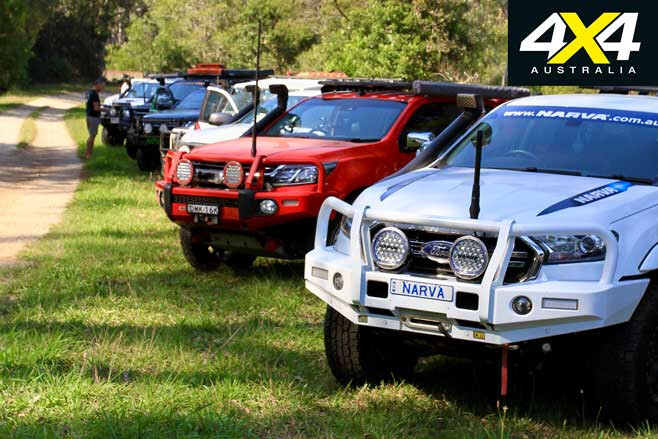
The two old rigs both have long-travel coil spring suspension and live axles, which I still consider to be the most effective setup for off-road driving; while all the ‘newbies’ have independent front suspension (IFS) and live axles out the back with leaf springs, except for the 200 which gets IFS and coils at the back.
The tracks that Woolgoolgaoffroad’s Kev Smith had chosen for our two-day drive included some pretty steep climbs, with some nice deep ruts as well as some interesting rock-shelf steps. Depending on the vehicle, and the accessories with which it was equipped, these tracks would prove either relatively easy or quite difficult to drive. To say it was a great off-road touring loop that perfectly suited a wide variety of vehicles would be an understatement (thanks Kev).
Kev led the way in his well-set-up 80 Series and had no trouble climbing the steep and often technical tracks, but on the first tricky section one of the Rangers ran into strife, lifting a front wheel high into the air and struggling to find traction. A tyre spun on one of the rear wheels and ripped the valve stem out, requiring a mid-track wheel change before another line was chosen and the vehicle made it up the rest of the climb.
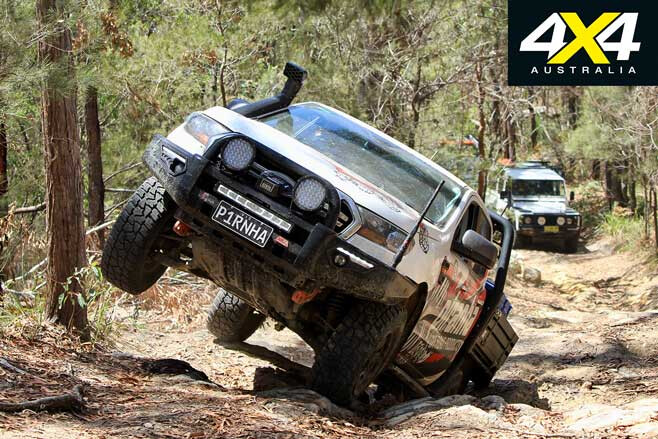
Seeing this, I engaged both of the Defender’s air lockers for the same climb and idled up in low-range first gear. I could hear the front suspension pop and creak as the springs compressed and stretched out to full extension, but the Defender barely lifted a wheel on the climb and easily reached the top without any wheelspin.
The next vehicle in the queue was the 200 Series, and it too made relatively light work out of the climb; although, it lifted its front wheels a couple times and had to rely on its electronic traction control to prevent wheelspin.
Some following vehicles avoided the climb altogether, instead opting for an easier parallel ‘chicken’ route, but of those modern vehicles that took the hard track it was probably the 4X4 Australia Ranger that made the lightest work of the climb.
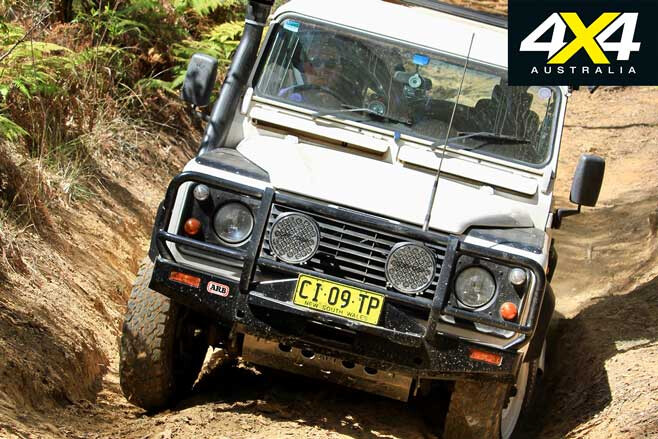
This theme continued over the two days of off-road driving, with Kev’s Cruiser and my Defender doing it easy where some of the IFS vehicles struggled for traction, especially those not equipped with a rear diff lock. The long rear overhangs on some of the utes also saw some rear bumpers cop a pounding, and a few fancy alloy wheels didn’t look so fancy by the end of the drive.
On the downside, my Defender’s air-conditioning doesn’t work, so it was windows down and flaps open on the tracks, which resulted in a fair bit of dust getting in the cabin. And there was the 1200km return freeway drive from Wollongong to Coffs Harbour (again without air-con); if I tried to push the Defender beyond its happy cruising speed of 100km/h, the temperature gauge would start to climb into the red zone.
I even had a couple of minor mechanical issues to deal with, but these were self-inflicted due to one of my dodgy wiring-loom installations, which came loose, shorted out and blew the fuse for the air compressor, in the process rendering my air lockers out of action for the last bit of the trip, as well as my driving lights.
Regardless of some discomfort, relatively poor on-road performance and the need to constantly work on an older 4×4 to keep it going, I still reckon they’re a lot more fun than new 4x4s … and more capable in the bush. Long live analogue 4x4s.



